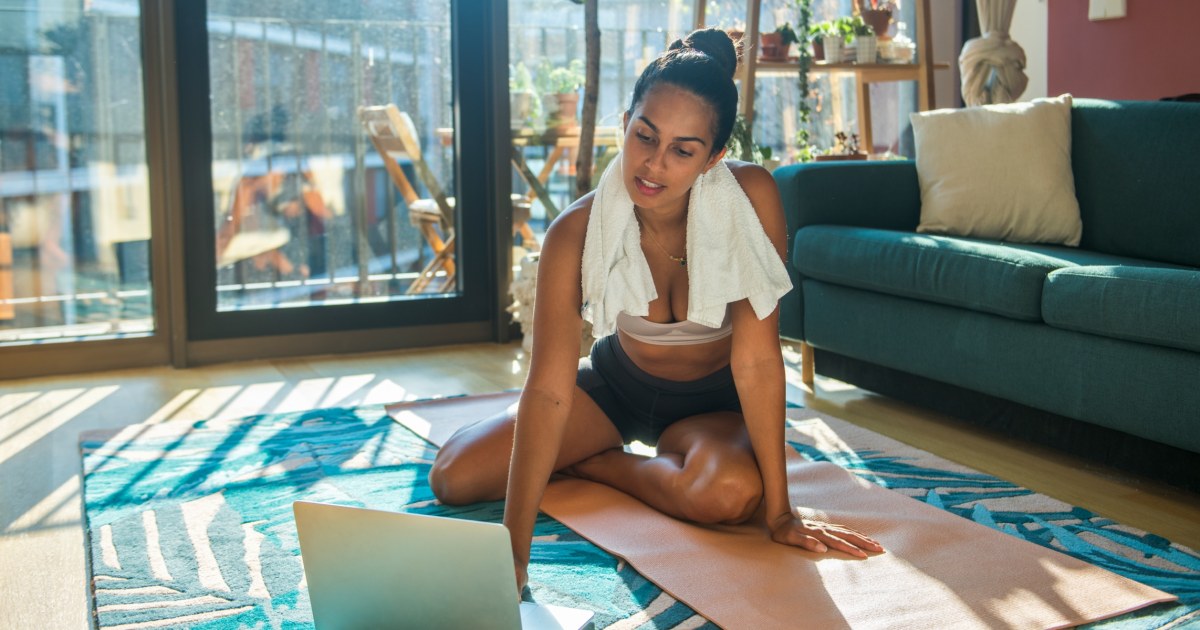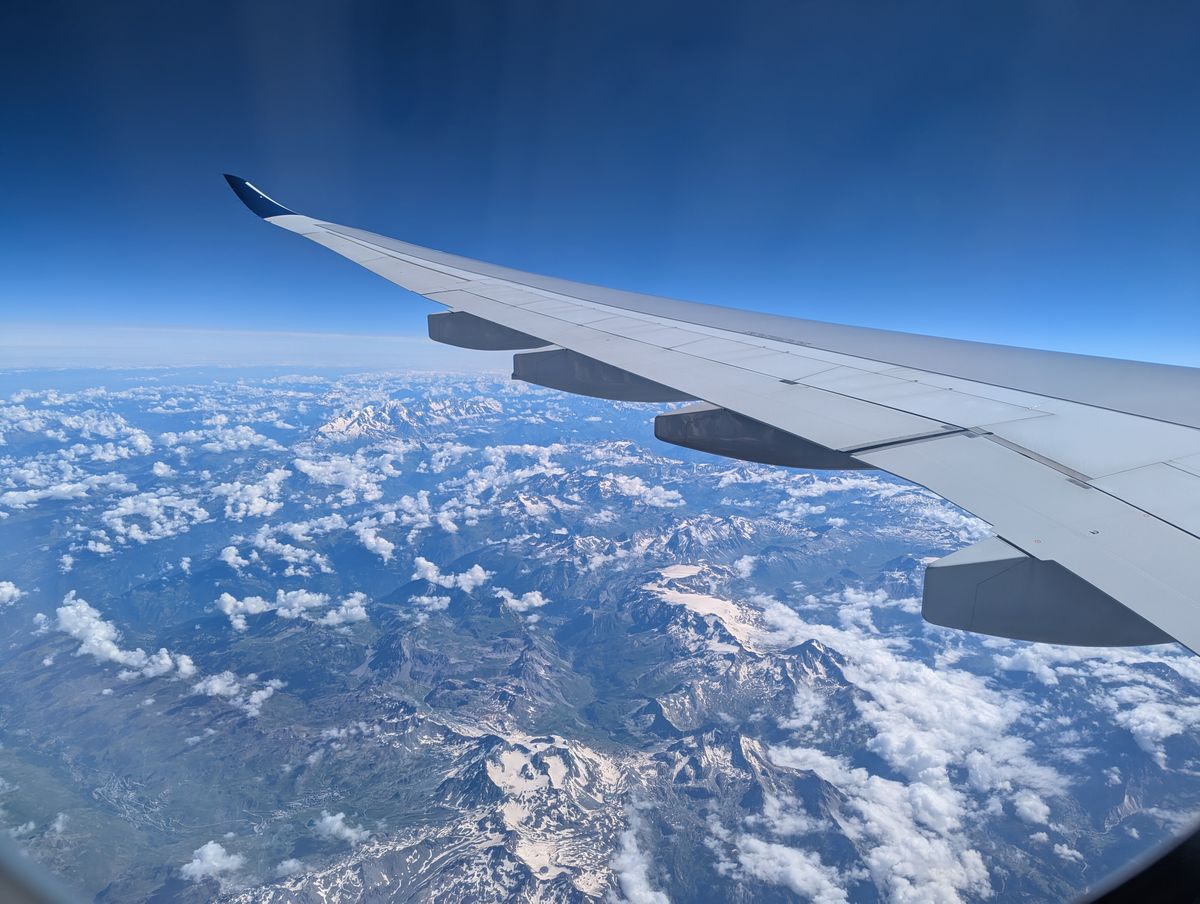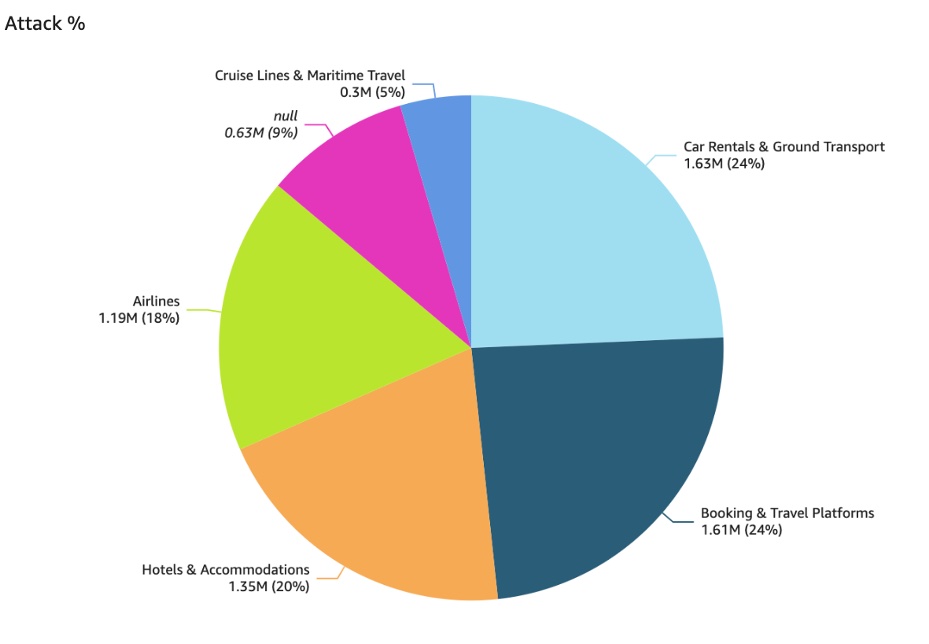Stay fit while traveling with expert workout tips

Running the same route, swimming in the same pool or walking around the same park provides comfort and consistency — attractive qualities in fitness routines. But whether on business travel or vacations, keeping workouts and other healthy habits intact while away from home can be challenging.
Does a new, temporary location have adequate facilities for visitors? Is the area safe for outdoor exercise? Is equipment readily available, particularly the more specific fitness requirements for seniors or exercise enthusiasts with special needs? What are the most efficient ways to travel with fitness gear?
D1 Training is a franchised fitness business with locations throughout Florida, including Fort Myers and Naples. The Fort Myers location is co-owned by three current or former National Football League players, all Fort Myers natives. The facilities offer programs for elite and recreational athletes of varying abilities and ages.
“While traveling, a lot of times, people have a regimen that they’re used to,” says former Arena Football League player Rodney Beamon, the general manager and a coach at the Fort Myers location. “But when they go on vacation, they don’t work out. They get fatigued when they get back and get into their regular routines.”
Regardless of abilities and goals, the company understands that clients’ lives include travel. It offers guidelines on its website (d1training.com) including the article “Fit and Fab on the Go: How to Maintain Fitness While on Vacation.” The article includes topics from Choosing the Right Destination to Creating a Fitness Itinerary, Fitness-Friendly Tours and Activities to Staying Healthy on the Road.
“People just find out that when you travel and you do some sort of fitness, you can get out there and experience some things while also taking care of some of that fitness,” Beamon says.
Mark Raymond Jr., knows well the specialty needs of disabled fitness enthusiasts who travel. Nine years ago, he lost the ability to walk after a diving accident. He discovered few community resources, so he founded The Split Second Foundation. The New Orleans-based health care organization reports 20.6 million Americans live with some form of ambulatory disability requiring a mobility device.
 The nonprofit startup is dedicated to promoting the wellness of individuals with disabilities. Its website (splitsecondfoundation.org) lists resources, including inclusive gyms for the disabled and geriatric communities. It also has wellness tips for exercising while traveling, specifically for those with health complications.
The nonprofit startup is dedicated to promoting the wellness of individuals with disabilities. Its website (splitsecondfoundation.org) lists resources, including inclusive gyms for the disabled and geriatric communities. It also has wellness tips for exercising while traveling, specifically for those with health complications.
One example, for exercisers without the use of their hands, is a torso push-up. Three sets of 10 should be done in a chair with legs bent or when seated on a firm surface with legs extended.
“Position yourself in a chair with armrests,” says Raymond. “Place your forearms on the armrests, then push down through your elbows and depress your shoulders down toward the floor. Your torso may or may not raise from your seat. Slowly lower your shoulders or torso and relax your arms.”
D1 Training also stresses to travelers that while some of its recommendations emphasize common sense, practicality can easily be forgotten if not recently practiced.
Choosing the proper destination, for example, is imperative. Research nearby parks, gyms and recreational areas that offer cycling paths, hiking trails or water sports. Many fitness centers welcome community visitors for yoga sessions, spin classes and wellness options. Furthermore, establishing a specific workout schedule helps maintain a commitment to exercise — indoors and outdoors.
Bodyweight exercises are an ideal option for maintaining fitness while traveling. Push-ups, lunges and planks can be done anywhere, from a hotel room to a beachside park.
Maintaining a fitness program while traveling can also include some familiarity — if familiar attire and equipment are used. If feasible, travel with essential gear; lightweight workout clothes, running shoes and resistance bands are easy to carry.
Eating a balanced diet while traveling can also be challenging, but it’s crucial for achieving fitness. Fruits and vegetables, lean proteins and whole grains are top choices. Sugary snacks and fried foods are detrimental.
And don’t be afraid to try new activities. “A lot of times while traveling, you can experience a different type of workout, something you’ve never done before,” says Beamon. “It can open your eyes to something you really enjoy.”
link








